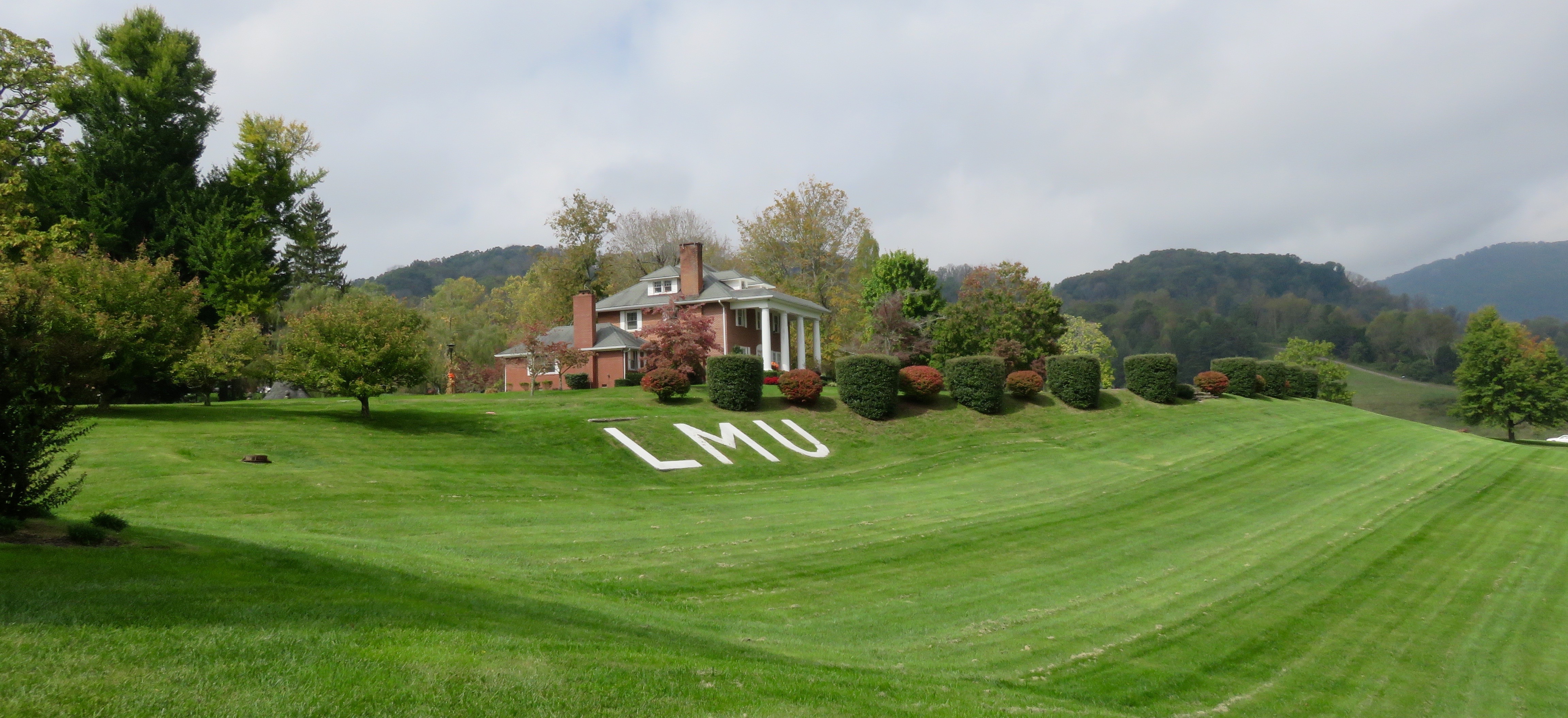
As I type this week’s blog post, I am fresh off the plane from Raleigh, North Carolina, where I attended Bouchercon 2015. And I squeezed in a short working vacation to tour parts of the Carolinas and made a side trip to Tennessee to visit my alma mater—Lincoln Memorial University (LMU). More on the latter two in a moment.
What is Bouchercon? It was named in honor of writer, editor, and critic Anthony Boucher, whose real name was William Anthony Parker White, and is the world’s largest mystery convention. It is held annually between September and November in different cities throughout the US. In 2016 it will be in New Orleans, Louisiana from September 15th to the 18th. As the world’s finest crime fiction event, it attracts approximately 1,500 authors, publishers, fans, editors, reviewers, and booksellers to its four-day all-volunteer effort. Bouchercon is fan-driven and draws over 400 big-name authors, as well as those who will be big names tomorrow. The convention is an excellent opportunity to mingle with fellow writers and to sit in on informative panel discussions regarding just about any topic related to writing. There are also author signings and award ceremonies. No matter how many Bouchercons I have attended, I always walk away having gleaned something new, often something I can apply to make my craft stronger.
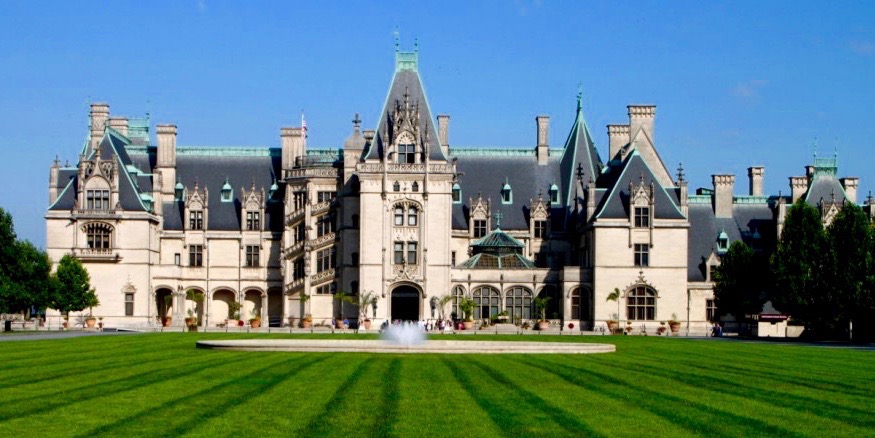 Since we planned to be in North Carolina for Bouchercon, we decided to extend our stay in the general area so I could visit LMU in Tennessee, and we both wanted to see Charleston, South Carolina. Our timing wasn’t the best after Hurricane Joaquin had brought torrential rains to the Southern state, but we were pleased to find minimal to no flooding everywhere we visited, even the beachfront along the South Carolina coastline. In Columbia, hardest hit by flooding, the waters were already receding, and Highway 26 from Columbia into Charleston had been reopened, as had the I-95, the main interstate linking the south to the north. We didn’t experience any detours or delays along the route we drove, only some minor roadwork—normal highway repairs or new construction.
Since we planned to be in North Carolina for Bouchercon, we decided to extend our stay in the general area so I could visit LMU in Tennessee, and we both wanted to see Charleston, South Carolina. Our timing wasn’t the best after Hurricane Joaquin had brought torrential rains to the Southern state, but we were pleased to find minimal to no flooding everywhere we visited, even the beachfront along the South Carolina coastline. In Columbia, hardest hit by flooding, the waters were already receding, and Highway 26 from Columbia into Charleston had been reopened, as had the I-95, the main interstate linking the south to the north. We didn’t experience any detours or delays along the route we drove, only some minor roadwork—normal highway repairs or new construction.
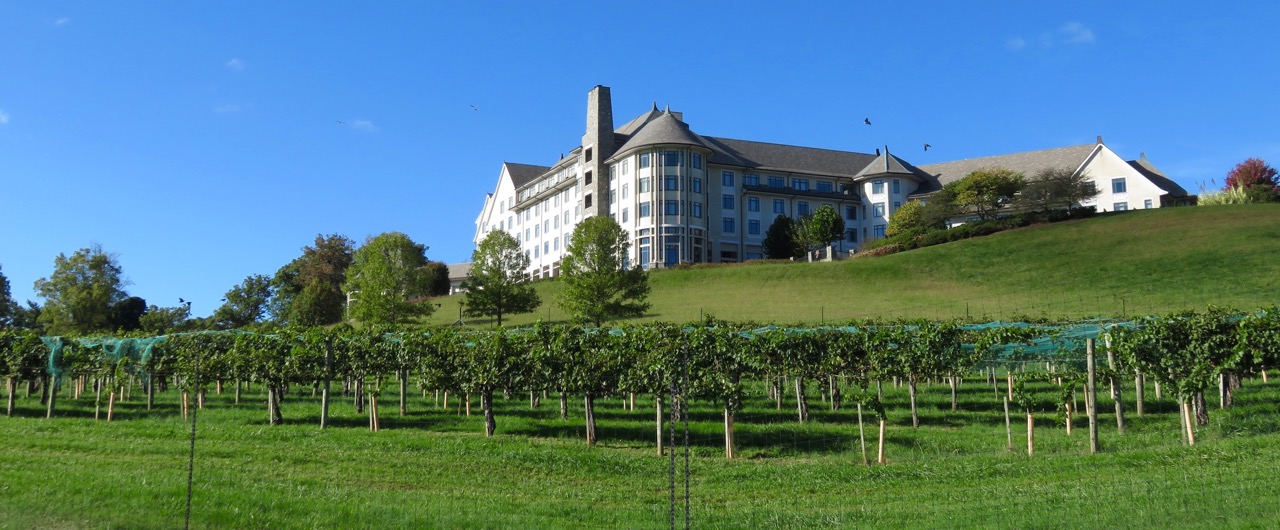 From Raleigh we drove to Asheville, North Carolina, where we stayed at the Inn on the Biltmore Estate. During this trip I intended to scout out new settings for a future Darcy McClain and Bullet thriller. While we enjoyed our stay on the grounds of the largest private estate in the US, a key attraction in Asheville, I haven’t decided if I will use the location for a future novel setting. The Biltmore home is a chateau-style mansion built by George Washington Vanderbilt II between 1889 and 1895, and has the floor space of four acres. There are a total of 252 rooms, which includes thirty-three bedrooms, forty-three bathrooms, sixty-five fireplaces, and three kitchens. At one time, the home sat on 125,000 acres. Today the grounds stretch over 8,000 acres and are split by the massive French Broad River, which flows for 218 miles from North Carolina into Tennessee.
From Raleigh we drove to Asheville, North Carolina, where we stayed at the Inn on the Biltmore Estate. During this trip I intended to scout out new settings for a future Darcy McClain and Bullet thriller. While we enjoyed our stay on the grounds of the largest private estate in the US, a key attraction in Asheville, I haven’t decided if I will use the location for a future novel setting. The Biltmore home is a chateau-style mansion built by George Washington Vanderbilt II between 1889 and 1895, and has the floor space of four acres. There are a total of 252 rooms, which includes thirty-three bedrooms, forty-three bathrooms, sixty-five fireplaces, and three kitchens. At one time, the home sat on 125,000 acres. Today the grounds stretch over 8,000 acres and are split by the massive French Broad River, which flows for 218 miles from North Carolina into Tennessee.
During our two-day stay in Asheville, we took a day trip to Harrogate, Tennessee, to tour LMU. I was excited at the idea of seeing my alma mater; it had been years since I had set foot on the campus. The two-hour drive seemed endless as we motored along the two-lane road that wound and twisted its way through a national forest. When the campus entrance finally came into view, I felt a certain sense of pride that I did not feel as a teenager the first time I set eyes on the town and the college grounds. Everyone I knew was enrolled in a “real university,” but there I was stuck in the remote mountain town of Harrogate on a campus of barely five hundred, a town with a gas station and a mini-mart and not much else.
We entered the campus from the north, not the main entrance, and parked in the first available space near the new student union. The day was crisp and clear and the mountain air clean, exactly as I had remembered those fall days as winter was about to close in. Such weather was the harbinger of feet and feet of snow soon to blanket once-verdant, undulating hills I wouldn’t see again until spring. We were gazing around us, deciding where to start our tour of the campus, when a man walked up and introduced himself as Chip Weisgerber, Vice President of Student and Enrollment Services. I proudly informed him I was an alumnus. He’d thought we were there for Homecoming. He offered to show us around, as the school had grown considerably, but I wanted to do a self-guided tour, to be alone with my memories. While Dave tagged along at a distance, I set out ahead of him.
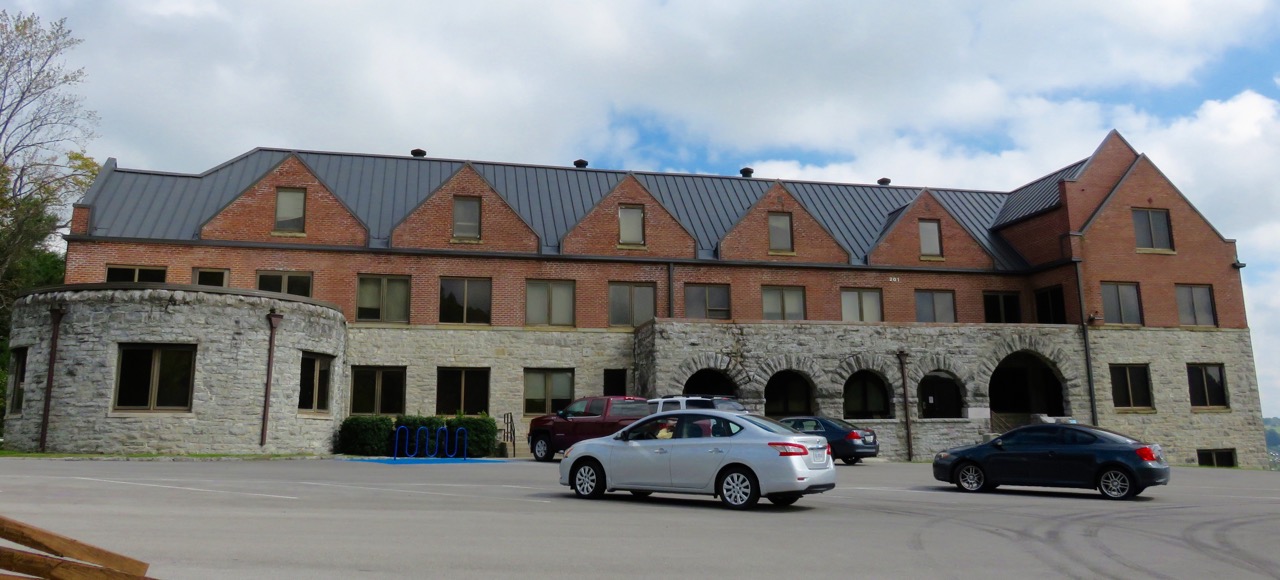 LMU is a private four-year liberal arts college. The thousand-acre campus borders the Cumberland Gap National Historical Park. When I attended, the student body numbered less than five hundred. Today attendance exceeds four thousand, and the school has also opened a college of veterinary medicine and the DeBusk College of Osteopathic Medicine, and in 2014 their law school received accreditation.
LMU is a private four-year liberal arts college. The thousand-acre campus borders the Cumberland Gap National Historical Park. When I attended, the student body numbered less than five hundred. Today attendance exceeds four thousand, and the school has also opened a college of veterinary medicine and the DeBusk College of Osteopathic Medicine, and in 2014 their law school received accreditation.
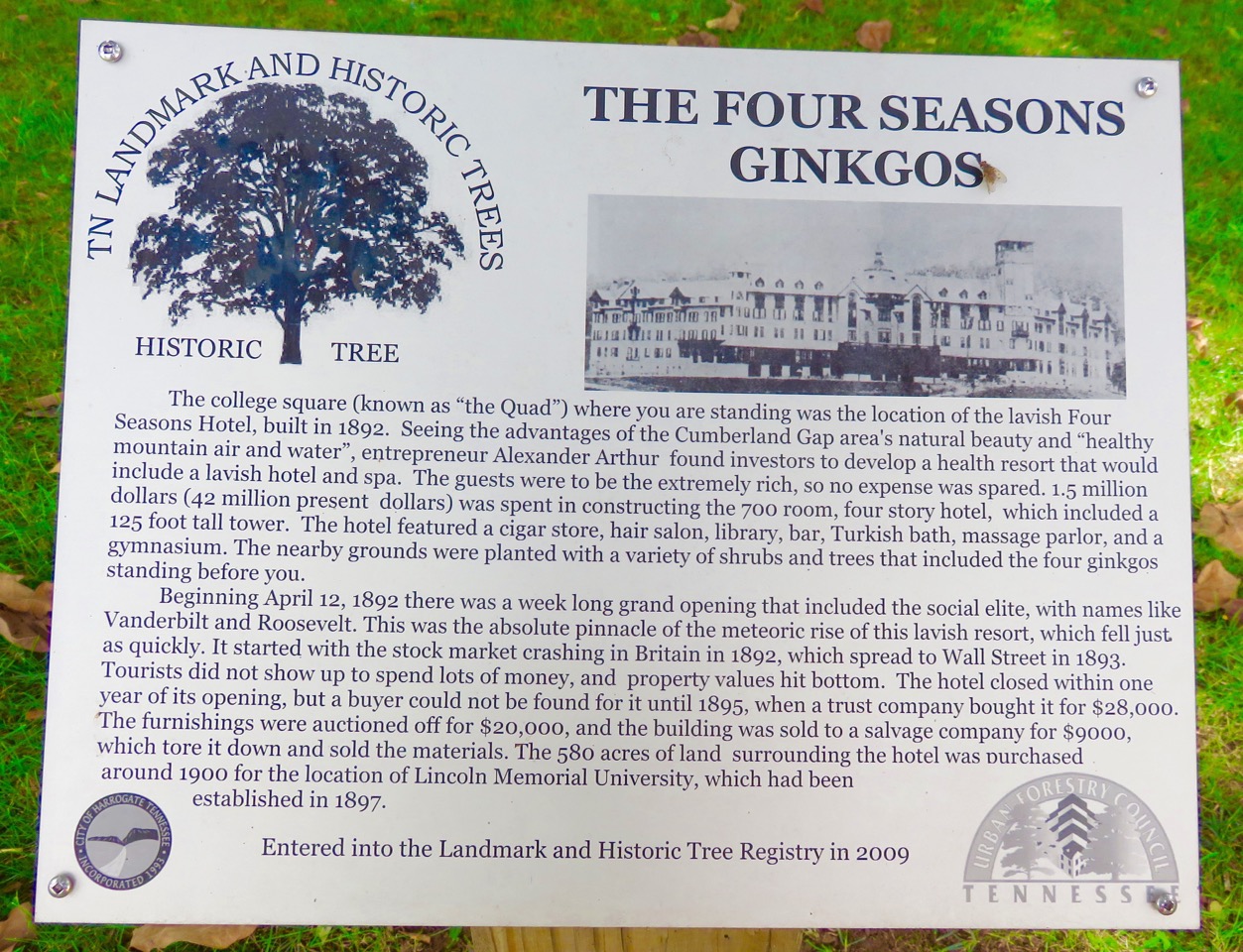 In 1892, Alexander Arthur, an entrepreneur, spent millions building the Four Seasons Hotel, a seven-hundred-room structure that was the largest hotel in the US. It included a separate sanitarium that still stands today, as I was happy to see. I attended philosophy classes in the former sanitarium and remember well the hike up the steep grade to the building, especially in the winter. Not long after the hotel’s grand opening, came its demise. The details are described on a plaque posted on “the Quad.” All that remains of the lavish establishment is a stone wall displayed on the LMU campus near the Abraham Lincoln Library and Museum.
In 1892, Alexander Arthur, an entrepreneur, spent millions building the Four Seasons Hotel, a seven-hundred-room structure that was the largest hotel in the US. It included a separate sanitarium that still stands today, as I was happy to see. I attended philosophy classes in the former sanitarium and remember well the hike up the steep grade to the building, especially in the winter. Not long after the hotel’s grand opening, came its demise. The details are described on a plaque posted on “the Quad.” All that remains of the lavish establishment is a stone wall displayed on the LMU campus near the Abraham Lincoln Library and Museum.
In 1896, General Oliver O. Howard, who founded Howard University, and Cyrus Kehr, Howard’s agent, suggested Howard establish a university as a living memorial to President Abraham Lincoln. While on a lecture tour, Howard spoke at Harrow School, an elementary school at Cumberland Gap, founded years earlier by Reverend A. A. Myers. With the help of Howard and Kehr, Myers purchased the Four Seasons property, and Lincoln Memorial University was chartered on February 12, 1897—Lincoln’s eighty-eighth birthday.
Our next stop on our vacation was Charleston, South Carolina. On November 5th, I will go into detail about our visit to Charleston, a setting I do plan to use in a future Darcy McClain and Bullet thriller. In closing, today’s blog post is dedicated to my father, D. L. Myers Sr., who would have been ninety-two yesterday. His father’s family migrated from Clarksville, Tennessee, to Mobile, Alabama, in the early 1700s.


0 Comments